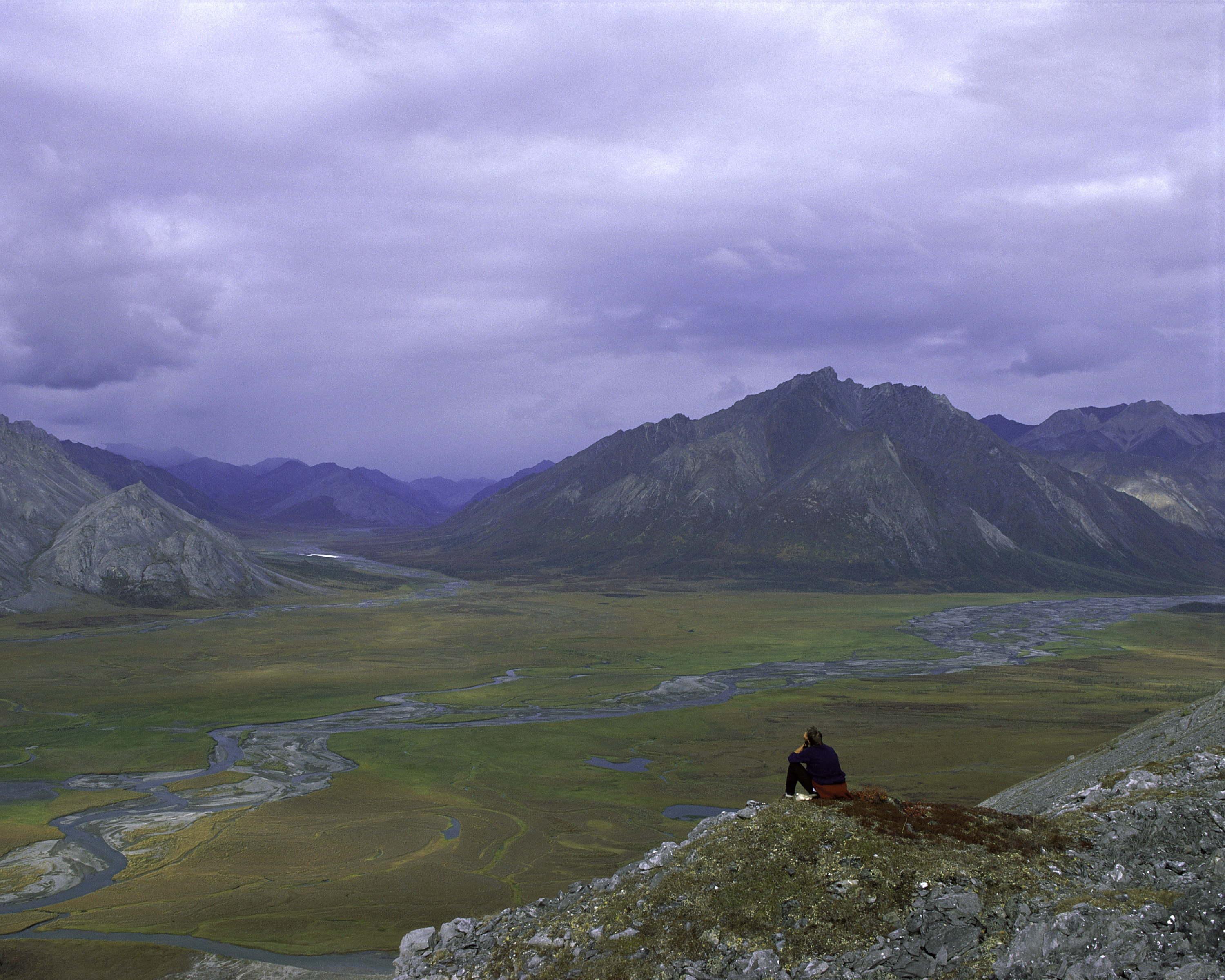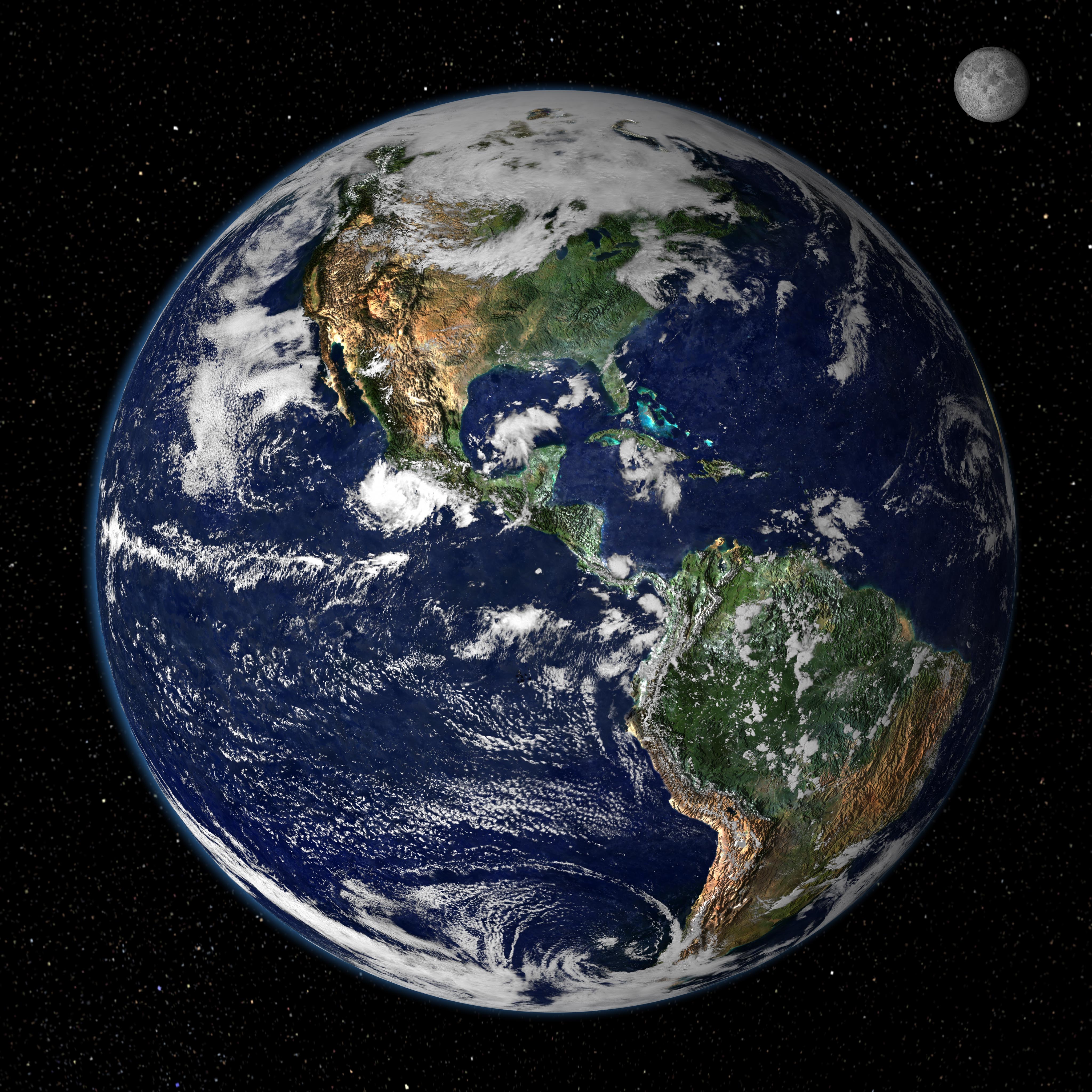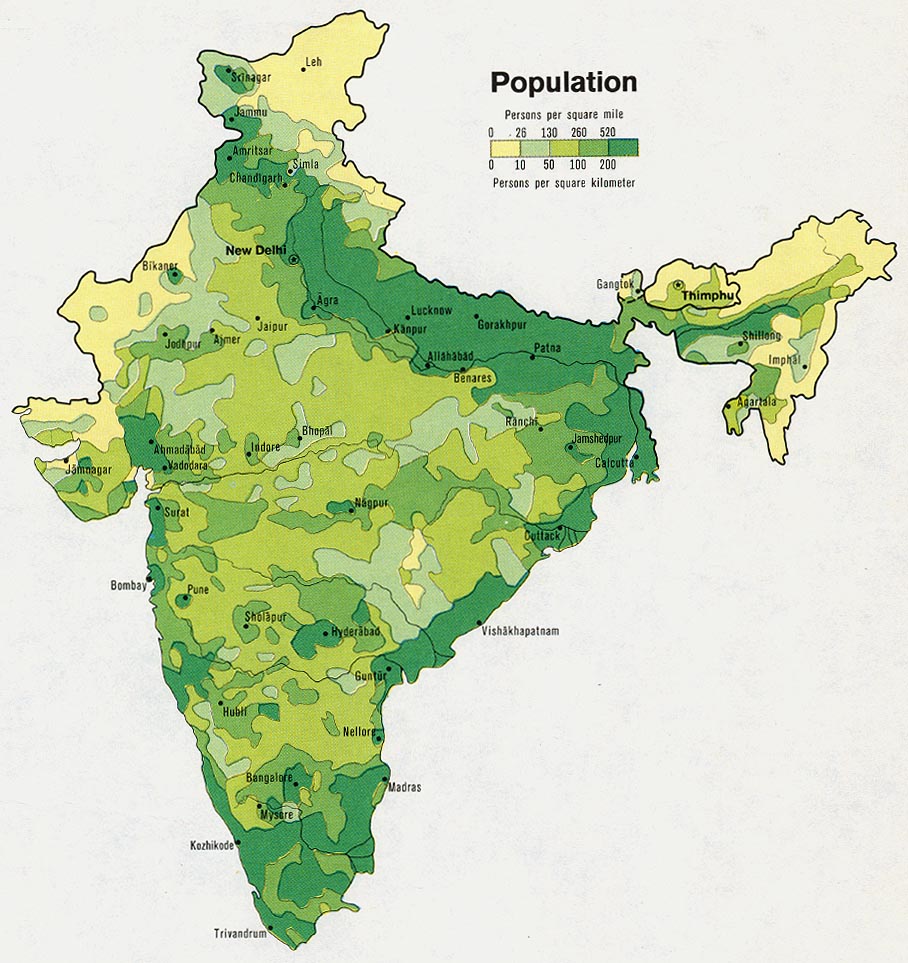
Airline woes have lately taken a toll on passengers, crew, aircraft maintenance, and profits. But during this week’s heat wave, an airport runway melted. When London, England, UK suffered a temperature rise to 40 Celsius (104 Fahrenheit), Luton airport had to suspend flights to repair a runway damaged by intense heat. Transport infrastructure is made of materials susceptible to heat. Roads buckle, and airport runways are specialized roads.

Bridges are also vulnerable. City of famed London Bridge saw some structures falling down. Hammersmith Bridge was wrapped, Cristo style, in a cooling material designed to reflect sunlight away. The temperature control system, costing about half-million dollars (420,000 Pounds), is designed to keep the 135-year-old bridge from melting and placing an untenable load on its support pedestals that are made of cast-iron, also vulnerable to heat.

Railways become hot grids when sunlight sears the rails. With the high ambient temperatures combining with sun rays on the rails, the heat reaches 48 Celsius (118 Fahrenheit). The solution? Painting the rails white.

In Europe and the UK, heat is causing wildfires: 27,000 acres scorched in southwestern France, causing 32,000 people to leave their homes. Spain’s wildfires caused the state railway to suspend service; in Portugal, one person died every 40 minutes between July 7-13. In the United States, over 100 million people are sweltering in record-breaking heat. In China, heat melted the roof of the museum housing cultural treasures of the ancient Forbidden City. Sadly, each season brings the same dangers and the same warning: according to World Weather Attribution (WWA), the 2021 heat wave was “virtually impossible without human-caused climate change.” In addition to human and natural resources suffering, heat waves damage economies: projected economic impacts in Europe by 2060 are expected to increase five-fold (García-León 2021).

Bad as that news is, it is also an indication of the potential savings – in human, natural, and economic resources – of innovations that can halt and reverse climate change – and also innovations in materials more suitable to a warming world. Even with climate goals met, warming will continue for some decades. Aging transport infrastructure is due for rebuilding: bridges, roads, and runways need an upgrade. What kinds of materials can be developed for a changing climate?
García-León, David, et al., “Current and projected regional economic impacts of heatwaves in Europe.” Nat Commun 12, 5807 (2021). https://doi.org/10.1038/s41467-021-26050-z
Hammersmith & Fulham Council. “Keeping Hammersmith Bridge cool- and open – in the heatwave.” 13 July 2022. https://www.lbhf.gov.uk/articles/news/2022/07/keeping-hammersmith-bridge-cool-and-open-heatwave
National Weather Service, NOAA. “WetBulb Globe Temperature.” https://www.weather.gov/tsa/wbgt
Vera, Amir. “It’s so hot, roads are buckling, they’re putting foil on a bridge, and roofs are melting around the world.” 22 July 2022. CNN. https://www.cnn.com/2022/07/21/weather/global-infrastructure-its-so-hot-extreme-heat/index.html
World Weather Attribution (WWA). “Western North American extreme heat virtually impossible without human-caused climate change.” 7 July 2021. https://www.worldweatherattribution.org/western-north-american-extreme-heat-virtually-impossible-without-human-caused-climate-change/
Building the World Blog by Kathleen Lusk Brooke and Zoe G. Quinn is licensed under a Creative Commons Attribution-NonCommercial-NoDerivs 3.0 Un










